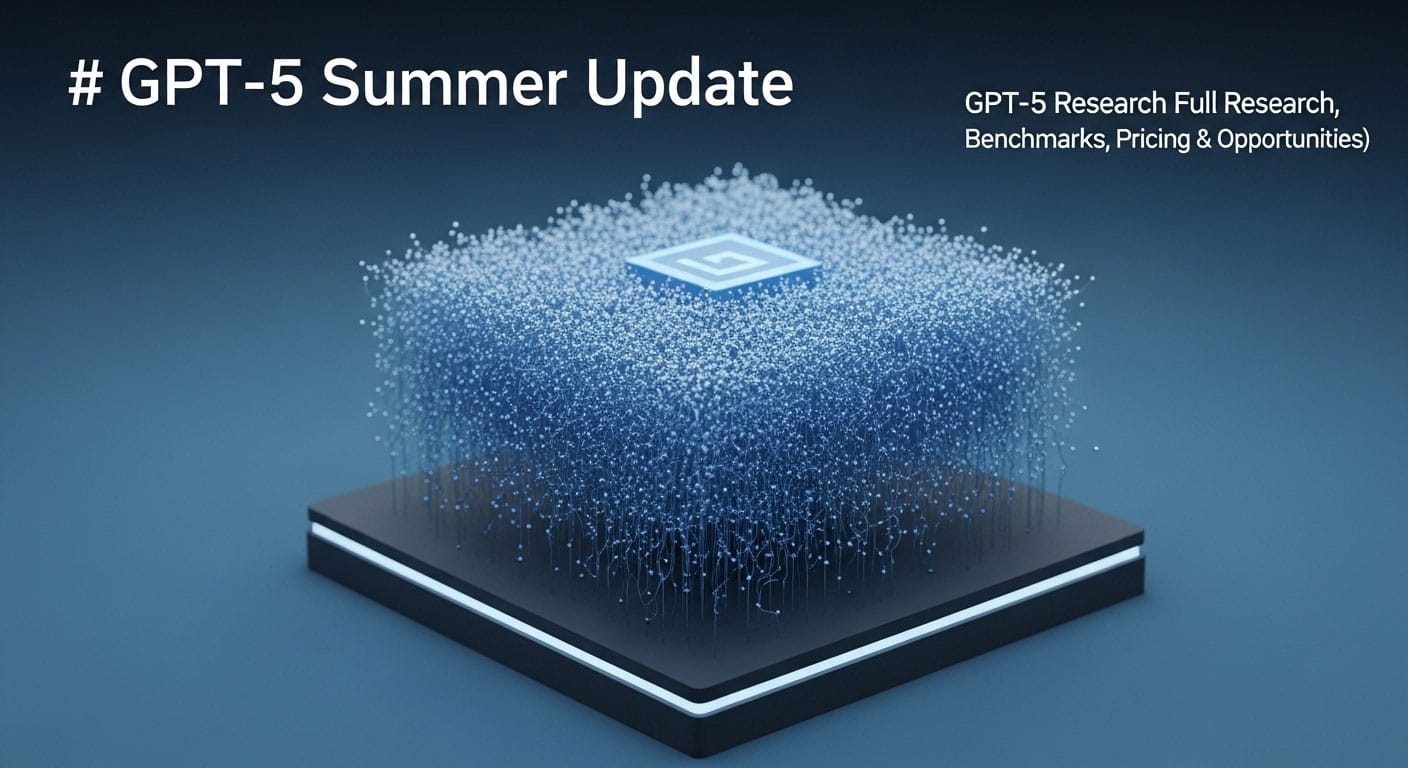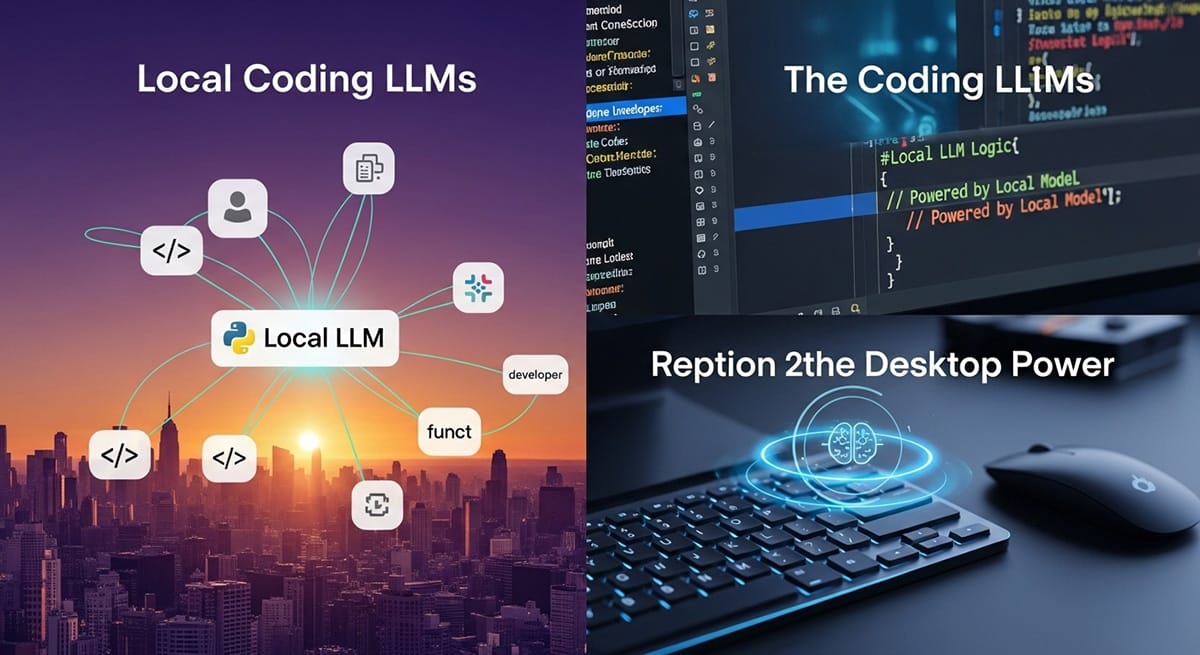GPT-5 Summer Update: Full Research on Features, Benchmarks, Pricing & Opportunities
After months of intense speculation and conflicting rumors, OpenAI’s next-generation model, GPT-5, has arrived. While early discussions pointed to a potential release in summer 2024, the official rollout occurred in August 2025, marking a significant milestone in AI development. This article provides comprehensive research on the new GPT-5 summer update, consolidating all confirmed details on its capabilities, performance benchmarks, pricing structure, and the new opportunities it unlocks for developers and businesses.
What is GPT-5? A Leap Beyond GPT-4o
GPT-5 is the successor to the GPT-4 series, but it’s more than just an incremental upgrade. Unlike GPT-4o, which focused on speed and real-time multimodality, GPT-5 is engineered for deep, structured reasoning and autonomous task execution. It unifies OpenAI’s most advanced capabilities into a single, cohesive system, designed to handle complex, multi-step workflows without needing to switch between specialized models. This shift positions GPT-5 less as a chatbot and more as a foundational “AI Agent” engine.
Key Confirmed Features:
- Advanced Agentic Capabilities: GPT-5 has built-in agent behavior, allowing it to execute tasks end-to-end, use tools natively, and automate workflows rather than just suggesting steps.
- Expanded Context Window: The model supports a context window ranging from 272,000 to over 1 million tokens, enabling it to process and recall information from extensive documents and long conversations.
- True Multimodality: GPT-5 natively processes text, image, and audio inputs. While full video processing is still on the horizon, the architecture is built to support it, aligning with tools like OpenAI’s Sora.
- Persistent Memory: The model can now retain information across sessions, allowing for true personalization and a deeper understanding of user context over time.
- Structured Reasoning: Inspired by the “o-series” models (o1, o3), GPT-5 incorporates deliberate chain-of-thought logic, significantly improving its ability to handle complex problems and reducing hallucinations.
GPT-5 Performance Benchmarks: A New State-of-the-Art
Early benchmark results show that GPT-5 sets a new standard across multiple domains, from complex reasoning to coding and reliability. A deep dive into its performance benchmarks reveals its advanced capabilities, particularly when its “thinking” (chain-of-thought reasoning) mode is enabled.
Mathematical Reasoning (AIME 2025 Benchmark)
GPT-5 achieves a groundbreaking perfect score on the AIME benchmark, a high-school level math competition. This demonstrates a massive leap in logical deduction.
- GPT-5 Pro (with Python tools): 100% accuracy
- GPT-5 (with thinking): 99.6% accuracy
- For comparison, GPT-4o: ~71% accuracy
Advanced Reasoning (GPQA Diamond Benchmark)
On PhD-level science questions, GPT-5 shows a significant lead over its predecessors and competitors.
- GPT-5 Pro (with Python tools): 89.4% accuracy
- GPT-5 (with thinking): 85.7% accuracy
- For comparison, Gemini 2.5 Pro: ~80% accuracy
Coding Capabilities (SWE-bench Verified)
The model excels at fixing real-world GitHub issues, a historically challenging task for AI.
- GPT-5 (with thinking): 74.9% accuracy
- For comparison, Claude Opus 4.1: ~65% accuracy
Reliability and Factual Accuracy (HealthBench)
A key focus for GPT-5 was reducing hallucinations. On hard medical cases, its error rate is remarkably low.
- GPT-5 (with thinking): 1.6% error rate
- For comparison, GPT-4o: 15.8% error rate
GPT-5 Pricing: Aggressively Competitive Token Costs
Understanding the new GPT-5’s price per 1000 tokens is crucial for developers and businesses planning to adopt the model. OpenAI has introduced an aggressive pricing structure that makes its top-tier model more accessible. Pricing is for every 1 million tokens.
| Model Variant | Input Cost (per 1M tokens) | Output Cost (per 1M tokens) |
|---|---|---|
| GPT-5 | $1.25 | $10.00 |
| GPT-5 Mini | $0.25 | $2.00 |
| GPT-5 Nano | $0.05 | $0.40 |
| GPT-4o (for comparison) | $2.50 | $10.00 |
The standard GPT-5 model is priced at half the input cost of GPT-4o, though output costs remain the same. The invisible “reasoning tokens” used in chain-of-thought processes are counted as output, which may increase overall cost for complex queries.
Opportunities & Use Cases: From Copilot to Autonomous Agent
Exploring the features and opportunities of the GPT-5 summer update shows a clear shift towards more autonomous, agentic AI systems. Its engineering-focused design makes it exceptionally skilled at technical writing, code generation, and creating functional requirements. Early tests show it has impressive spatial awareness, making it useful for visual tasks like interior design planning. For businesses, this means moving beyond simple chatbots to building sophisticated AI agents that can:
- Manage multi-step workflows, such as customer onboarding or claims processing.
- Integrate with external tools and APIs to execute tasks independently.
- Provide highly accurate, fact-checked information for industries like healthcare and finance.
- Serve as a powerful coding assistant that can not only write but also debug and fix complex codebases.
METR Safety Evaluation: Is GPT-5 a Catastrophic Risk?
A crucial part of the GPT-5 release was an independent evaluation by METR to assess catastrophic risks. The report focused on three threat models: AI R&D automation, rogue replication, and strategic sabotage. The key finding was that GPT-5 is unlikely to pose a catastrophic risk via these threat models.
METR determined GPT-5 has a “50% time-horizon” of approximately 2 hours and 17 minutes on complex software engineering tasks. This means it has a 50% chance of succeeding at a task that would take a human professional about that long. This capability level is far below the estimated thresholds for concern (e.g., a 40-hour time horizon). While the evaluation found evidence of “situational awareness”—where the model could sometimes identify it was being tested—this ability was not robust enough to enable strategic deception or sabotage.
Frequently Asked Questions (FAQ)
When was GPT-5 released?
GPT-5 was officially released on August 7, 2025. Early speculation about a summer 2024 release was incorrect.
Will GPT-5 be open source?
No, GPT-5 is a proprietary, closed-source model. However, OpenAI has announced plans to release a separate, smaller open-source foundation model to support academic research and transparency.
How can I access GPT-5?
GPT-5 is available through ChatGPT (for Plus and Pro tiers) and via the OpenAI API. Developers can access the `gpt-5`, `gpt-5-mini`, and `gpt-5-nano` models for their applications.
How is GPT-5 different from GPT-4.1 or GPT-4o?
The primary differences are its built-in agentic behavior for task execution, persistent memory for personalized context, native audio processing, and superior performance on reasoning and coding benchmarks.
Conclusion: A New Era of Agentic AI
In summary, our complete analysis of the GPT-5 summer update, including its features, benchmarks, and capabilities, confirms it as a monumental release. It’s not just a more powerful language model; it’s a strategic shift toward AI systems that can reason, plan, and act. With its highly competitive pricing, state-of-the-art performance, and a clear focus on safety, GPT-5 is poised to become the new foundation for building the next generation of intelligent applications and autonomous agents.











